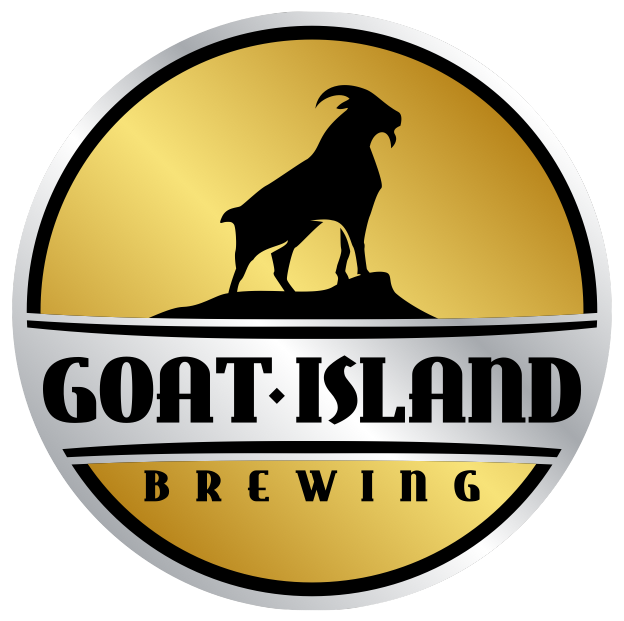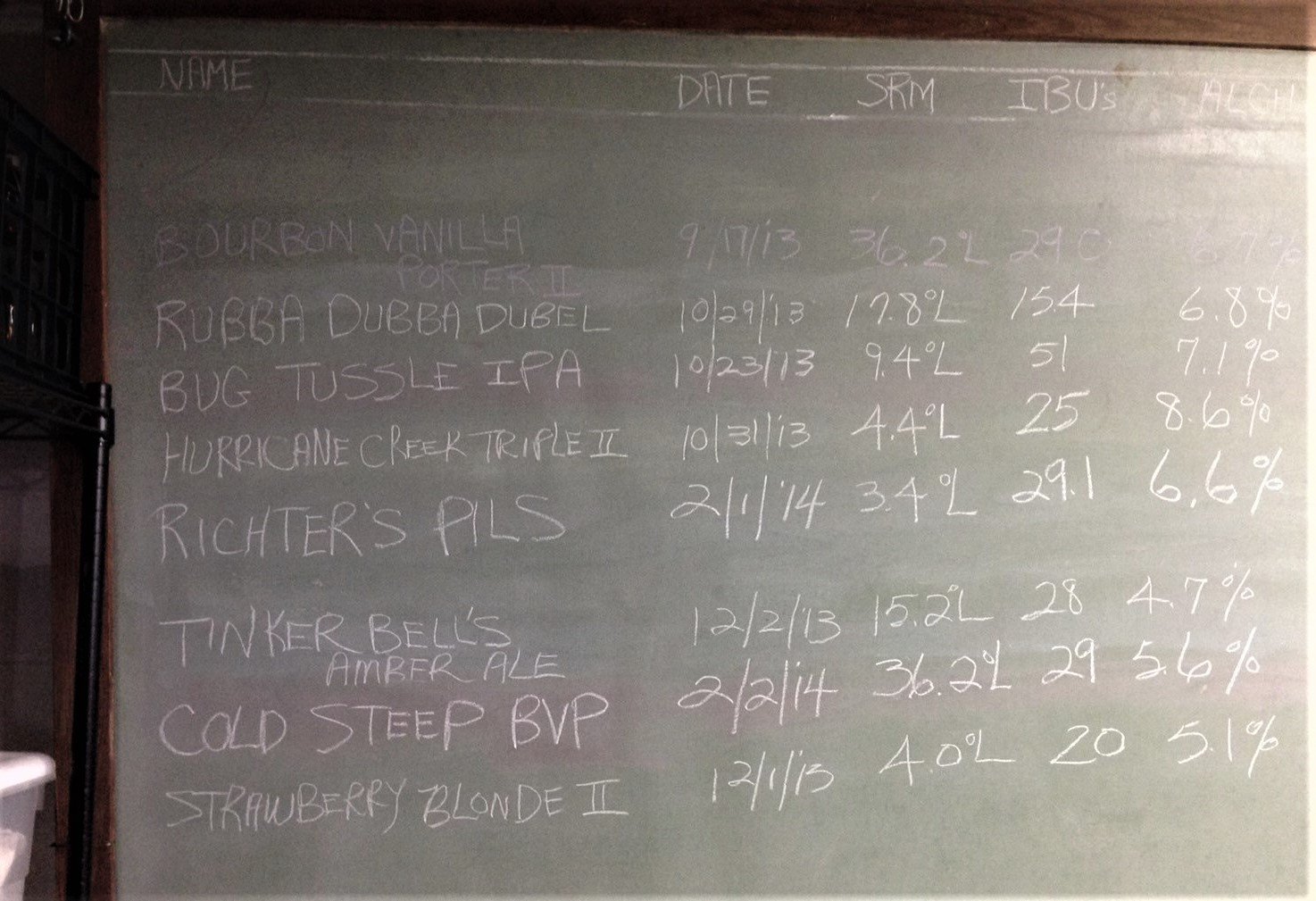We were able somehow to snag the amazing Retro Rock Revival band for our 80s Halloween party! Join us October 28 at 6pm and wear your best 80s clothes!
Beer gardens history is tied to the invention of lager beer in Bavaria. Unlike the ales that all the world drank until the mid-nineteenth century, the lager yeast discovered in Bavaria required a much cooler fermentation temperature. And unlike ales, after fermentation, the lagers needed to age in a cool environment. This was pre-refrigeration, so Bavarian brewers dug out huge underground cellars for lagering these beers. To keep these cellars even cooler, they planted shade trees above them, and scattered gravel over the area. This provided the perfect environment for outdoor drinking. Someone put tables and chairs beneath the trees and the beer garden culture was born. Beer gardens have since become popular destinations for gathering outdoors and enjoying conversations, tasty food, and beer. Typically, they include long communal tables that promote conversation and interaction. Goat Island has recently invested in nine long beautiful wooden tables at Goat Island, to capture that communal aesthetic of the beer Gardens in Germany. Goat Island also has a nice outdoor beer garden outside. We will be hosting our fourth annual Goatoberfest celebration on September 23rd. We will be expanding our beer garden to include German food, five bands, jumpy houses, face painting, goat petting and more. This will be the kick-off for Cullman’s Oktoberfest festival week, which will have many festivities at the Fest Hall and Depot Park, starting Thursday, September 29th and going through Saturday October 1st. One of the main attractions is the iconic Cullman Oktoberfest Biergarten.
#goatislandbrewing #craft beer #beer gardens #biergarten
Here is the Goat Island Brewing current beer line up:
Goat Island Gold - A light bodied American blonde ale. (4.9% ABV/17 IBU)
Crane Hill Kolsch - Crisp, bright, light German ale. (5% ABV/19 IBU)
Richter’s Pilsner - Pre-prohibition style lager (6% AB-V/30 IBU)
Goatopia Juicy IPA - New England hazy IPA. (6.3% ABV/23 IBU)
Puget South IPA - North West coast IPA (6.2% ABV/60 IBU)
Blood Orange Berliner Weisse - Tart, orange to pink citrusy wheat ale (4.8% ABV/13 IBU)
Peace, Love and Hippieweizen - Hazy, golden German Hefeweizen wheat ale. (5% ABV/13 IBU)
Mango Weiss - Mango wheat beer. (4.8% ABV/13 IBU)
Sipsey River Red - Red ale with the perfect balance of malt and European hops. (6% ABV/32 IBU)
Duck River Dunkel - German style dark lager. (5.5% ABV/20 IBU)
Dinkleberg Winter Warmer - American strong ale. (8.9% ABV/19 IBU)
Giggling Goat Pale Ale - Tropical pale ale. (5.9% AB-V/33 IBU)
Thrill Hill Vanilla Porter - Vanilla infused English Por-ter. (7% ABV/23 IBU)
Oktoberfest - Bavarian Lager (6%ABV/ 13 IBU).
ESB - Extra Special British amber pub ale. (6% ABV/ 34) IBU).
Go to the “Our Beers” tab to see a more detailed description.
#Goat Island beer menu, #Cullman, #craft beer near me
Alabama Magazine named Goat Island Brewing as the top Brewery in the state as part of their “Best of Bama” series.
The Goat Island Brewing story was shaped by many factors during the planning stages of the brewery. This includes the German Heritage of Cullman, Alabama, and the tornado that hit the town in April of 2011. We had a nice line up of beers planned for the startup of our brewery. These included an Oktoberfest, a Vanilla Porter, an IPA, an American Red Ale, and several others. As we finalized our plans to open, we thought the beer line up was set. However, we had to make a last-minute change to that line up. One that would give our new brewery a huge boost. One of the partners, John Dean, then a local insurance agent, stumbled upon an amazing find. As he was responding to a claim one of his clients had due to the tornado, he was inspecting damage in a large downtown building, (a local furniture store). He noticed some salvaged antiques and memorabilia stored and forgotten in the attic. With permission of the owner, he was looking through this interesting collection. As he was looking, he came across a small journal that appeared to have a beer recipe in it. He saw some information regarding German immigrant W.F. Richter along with the recipe. The recipe was handwritten on a yellowing page of the journal. The handwriting was difficult to read and was partly in English and partly in German. At the bottom of the recipe, “W Richter” had signed it.
The recipe.
John knew this was an important discovery. He borrowed the book and photocopied the recipe. Mike Mullaney, (one of the partners) worked for REHAU, (a local German manufacturer). He asked one of his German co-workers to translate it. The co-worker, (Maic von Thuelen), found that the German part was written in “Old German”. He emailed it to his father in Germany, who was able to translate it.
Gery Teichmiller, (one of the partners, and our first head brewer), was asked to create a beer based on the handwritten recipe. Gery, who is from one of the old German families in Cullman went to work on creating the beer. As a long time, home brewer, Gery knew enough about German beers to create a beer that stayed true to the recipe. He brewed the beer on February 1st, 2014, and began the fermenting and finishing processes. Then, for several weeks, everyone anxiously awaited the initial tasting.
The first Richter’s Pilsner on the chalkboard in Gery Teichmiller’s basement.
The first keg of Richter’s Pilsner in Gery Teichmiller’s basement.
On April 1, 2014, we called a special meeting to taste the new beer. The meeting took place in Gery’s basement, where all the brewery planning meetings had taken place for several months. Several of William F. Richter’s descendants were invited to the tasting.
William F. Richter descendants drinking the first batch of Richter’s Pilsner.
One of those descendants was Lisa Mullaney, (Mike’s wife). She is Wilhelm Friedrich Richter’s great-great granddaughter. Her family had always told stories about W. F. Richter’s Hotel and Saloon, in Cullman back in the late 1800s and early 1900s.
Richter’s Saloon with several of William F Richter’s sons.
He was a prestigious businessperson during these early years of Cullman’s history. Here are some interesting details about his life:
- Born in April of 1837 in the former German city of Militsch, which is now Milicz, Poland.
- He was the seventh son of a seventh son, which entitled him to a gold coin from the state, and the king served as his godfather.
- As a teen, he formally studied theology, natural science and architecture and served briefly as an inspector on a knight’s farm in Russia.
- After his volunteer army service in Germany, he migrated to New York in 1859, but returned to Germany prior to the Civil War, married Julianna Jarmuski, the following year, and, after civil war was over, returned to Buffalo, N.Y., with his wife and the first two of their eventual eight children.
- In 1877 or 1878, Wilhelm and his family answered Col. Johann G. Cullman’s recruitment calls, and moved to Cullman. Shortly thereafter, he and Julianna opened Richter’s Hotel and Saloon.
- Along with varied community interests, Wilhelm owned the hotel until his death in 1909.
The beer was served, and everyone tasted it with bated breath. To everyone’s delight and amazement, the beer was delicious. This antique golden German-style pilsner was crisp and refreshing with a malty sweetness. Most likely it tasted just like most of the beer served in the 1800s and early 1900s in Cullman. The newspapers at the time had numerous advertisements for “Cincinnati lager”. Quite a few German families moved to Cullman from the large population of German immigrants living in Cincinnati when Colonel John G. Cullman founded the city. Apparently, they took their beer preferences with them. Could this recipe be a representation of that favourite beer style? We will never know for sure. But there is a good chance that it is. In any case, it was and is delicious.
The beer went on to win a gold medal at the Alabama Beer Championship, became our original flagship beer, and gave our early brewery a great boost. It was also the first beer that we put in a can. We decided to incorporate the handwritten recipe in the can design.
Richter’s Pilsner
The first Richter’s Pilsner keg collar.
To find a historic beer recipe that belongs to one of our partner’s wife’s great, great grandfather was amazing. That fact that the beer is delicious and is one of the highest selling beers on their list is also remarkable. For this reason, we celebrate the birthday of the creator of this delicious beer every year in our taproom. Here’s to Wilhelm Friedrich Richter and Richter’s Pilsner!
When it comes to iconic German beers, Berliner Weisse stands out for its unique flavor profile and refreshing characteristics. This traditional wheat beer originating from Berlin has gained popularity worldwide thanks to its tartness and lightness.












